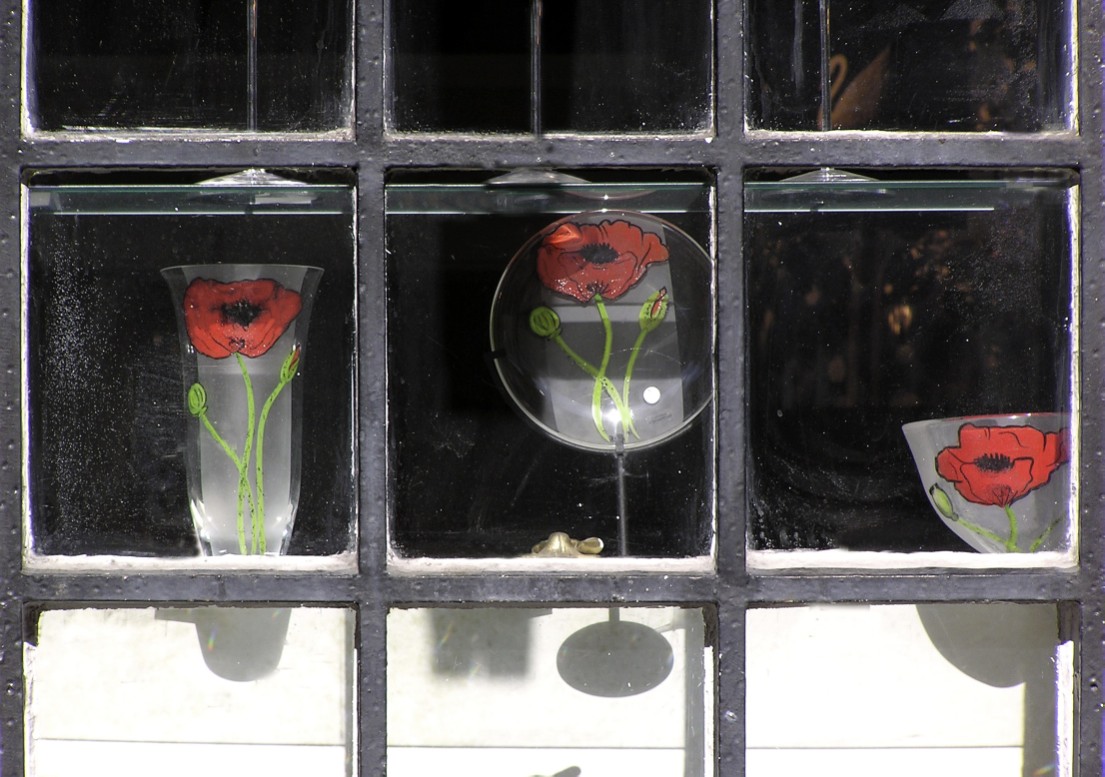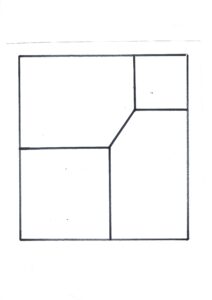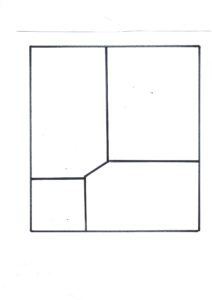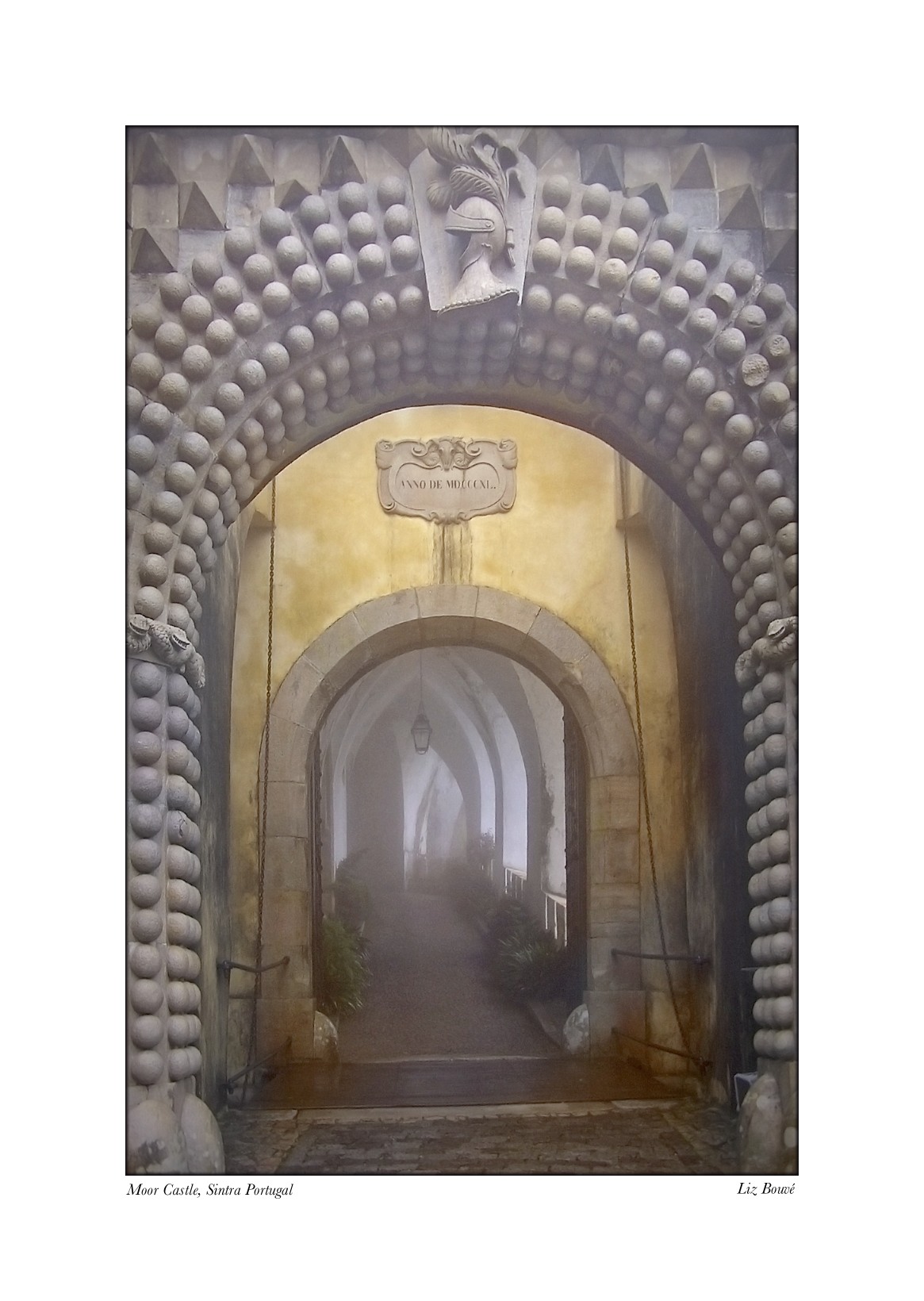
All of this is not really new at this point in our analysis of Quad Four dynamics, for the original Johari Window can adequately predict and describe this condition. The real power of the disjointed model concerns the direct movement of Quad Four material into Quad One. There is no intermediate move into Quad Two or Quad Three. We are talking about the immediate (and often dramatic) public display (Quad One) of unconscious Quad Four material.
 This is clearly displayed during the early stages of a psychotherapy session—where both therapist and patient are aware of and seek to identify and talk about the patient’s unconscious material. The patient moves Quad Four matter into Quad One for collaborative review and analysis by the patient and therapist. While the movement is directly from Quad Four to Quad One there is the therapist’s encouragement and facilitation of the patient’s disclosure (movement of Quad Three into Quad One) which supports and amplifies this move from four into one. This collaborative venture often involves the use of free association, projective tests (such as the Rorschach Ink Blots), interpretation of dreams, and analysis of irrational aspects of the patient’s perceptions of and feelings toward the therapist (called “transference”). A similar condition exists in a group therapy session. This is the setting in which Bion first noted the simultaneous existence of both a conscious and unconscious life in groups and in which Bion first sought to openly describe and discuss (bring to Quad One awareness) the unconscious agenda of the group (collective Quad Four).
This is clearly displayed during the early stages of a psychotherapy session—where both therapist and patient are aware of and seek to identify and talk about the patient’s unconscious material. The patient moves Quad Four matter into Quad One for collaborative review and analysis by the patient and therapist. While the movement is directly from Quad Four to Quad One there is the therapist’s encouragement and facilitation of the patient’s disclosure (movement of Quad Three into Quad One) which supports and amplifies this move from four into one. This collaborative venture often involves the use of free association, projective tests (such as the Rorschach Ink Blots), interpretation of dreams, and analysis of irrational aspects of the patient’s perceptions of and feelings toward the therapist (called “transference”). A similar condition exists in a group therapy session. This is the setting in which Bion first noted the simultaneous existence of both a conscious and unconscious life in groups and in which Bion first sought to openly describe and discuss (bring to Quad One awareness) the unconscious agenda of the group (collective Quad Four).
 Another facilitated movement of Quad Four directly into Quad One occurs when we receive extensive (and sometimes surprising) feedback from other people. This might occur in a human relations laboratory or when we receive reports and evaluations of our behavior from many other people in an organizational setting (what is usually referred to as Three Hundred Sixty Degree Feedback). As in the case of the disclosure that facilitates the direct move from four into three during a psychotherapy session, this movement of Quad Two into Quad One) can support and amplified the directly movement of Quad Four material into Quad One.
Another facilitated movement of Quad Four directly into Quad One occurs when we receive extensive (and sometimes surprising) feedback from other people. This might occur in a human relations laboratory or when we receive reports and evaluations of our behavior from many other people in an organizational setting (what is usually referred to as Three Hundred Sixty Degree Feedback). As in the case of the disclosure that facilitates the direct move from four into three during a psychotherapy session, this movement of Quad Two into Quad One) can support and amplified the directly movement of Quad Four material into Quad One.
What about the movement of Quad Four material directly into Quad One during “normal” interactions? Does this ever occur? Actually, it occurs. The direct movement from Quad Four into Quad One is never really “normal”—in that it tends to evoke strong emotions and can produce remarkable transformations in an interpersonal relationship. However, it is not uncommon and has been the subject of many novels (both romantic and terrifying). We know of this direct movement in the sudden eruption and display of passion between two people who previously were either strangers or were engaged in a very different kind of relationship. A man and woman who work together suddenly realize that they want to be more than friends and colleagues. They are “consumed” in their newly identified and deeply felt attraction for one another and declare this attraction to the other party (and sometimes the entire world!).








